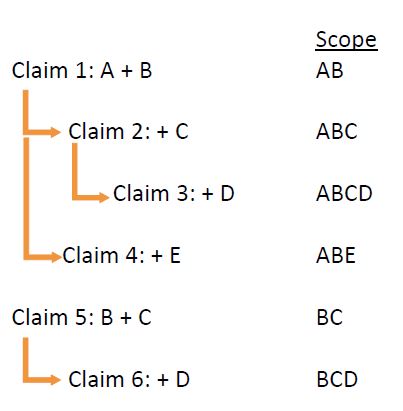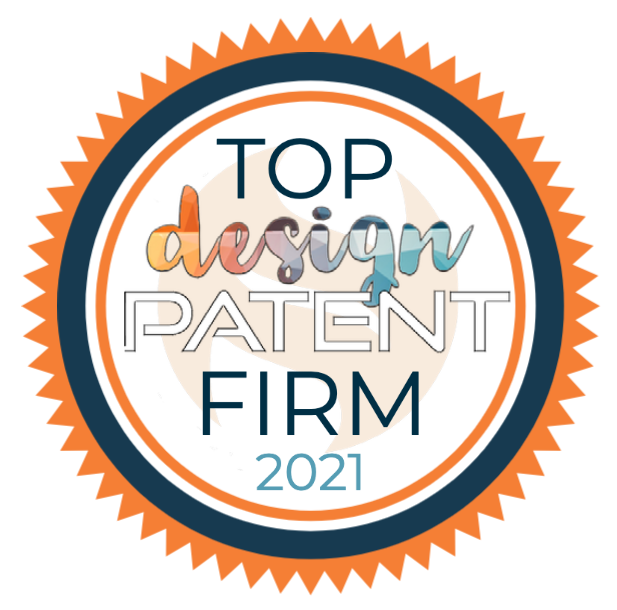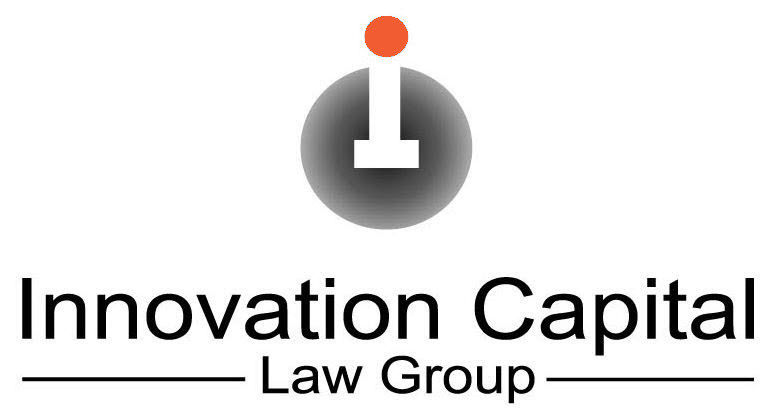Utility Nonprovisional Patent Application: Is this the right patent filing for your concept?
A nonprovisional patent application is what you file to get a utility patent. Of course, this begs the question: Do you need a utility patent or design patent? If a utility patent is what you want, then a “nonprovisional” distinguishes this utility application from another utility filing called a provisional patent application. Here’s a detailed post on the differences between a provisional and nonprovisional application.
Need a utility patent? Call US patent attorney Vic Lin at (949) 223-9623 or email vlin@icaplaw.com to explore how we can file your utility nonprovisional patent application.
If a granted utility patent is the finish line, then a nonprovisional patent application can be considered the starting line while the provisional application is the warm-up area leading to the starting line. If you only warm up but don’t start the race, you will not get to the finish line.
What are the requirements of a nonprovisional patent application?
A nonprovisional application must contain at least two key sections:
- a disclosure of the invention also known as the specification; and
- claims.
What is the specification?
The purpose of a patent specification is to describe the invention, which is not the same thing as claiming the invention. The description of the invention can and should get very specific, down to the nitty-gritty gory details of each feature of the invention, including any alternatives and variations that would accomplish the same function or result.
The specification typically includes drawings and a written specification.
What are patent claims?
The claims are located near the end of the written text and are numbered. A claim set comprises an independent claim followed by dependent claims that hang from either the independent claim or a prior dependent claim.
Make sure you understand the following outline of a utility patent claim set. If it doesn’t make sense to you, just call me.

How much does a nonprovisional patent application cost?
At my firm, we can provide a flat rate estimate for the initial filing of your nonprovisional patent application after reviewing a brief summary of your invention. Our flat rate patent filing estimates will depend upon the complexity of the invention and the number of different examples (aka “preferred embodiments”).
Keep in mind the initial filing cost does not include a patentability search or the ongoing prosecution of the utility application. Responding to the patent examiner’s rejections contained in “Office Actions” are to be expected. Such ongoing costs can range from a few hundred to over $2,800 for each response. Moreover, you may need to file multiple Office Action responses.
What to consider before filing a nonprovisional application
Pursuing a utility patent is a long and expensive slog. There are no quick and cheap shortcuts to a utility patent, although there may be ways to expedite the review of a nonprovisional application. It would be wise, therefore, to think of a nonprovisional application as an investment. And, with any potential investment, you’ll want to count the cost to see if the reward is worth it.
Here are some questions to ask before filing a nonprovisional application:
- Would a patentability search be worthwhile?
- Is the product/concept undergoing further development, or have all key features been finalized?
- What would investors think if I seek capital without patent-pending status?
- What would stop or discourage competitors from copying if I don’t apply for a utility patent?
- If I try to keep my invention as a trade secret, would others be able to reverse engineer or somehow imitate my product?
- If budget is a concern, should I file a provisional patent application first?
Thinking of filing a utility nonprovisional patent application?
Reach out US patent attorney Vic Lin by email or call (949) 223-9623. We can explain our process, discuss the merits of a patentability search, and quote a flat rate estimate for filing your utility nonprovisional patent application.


